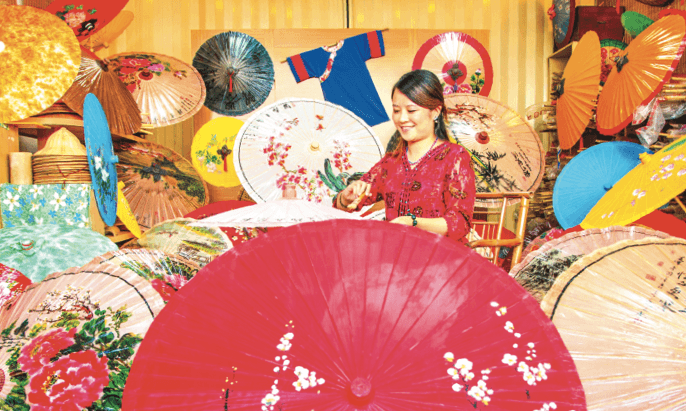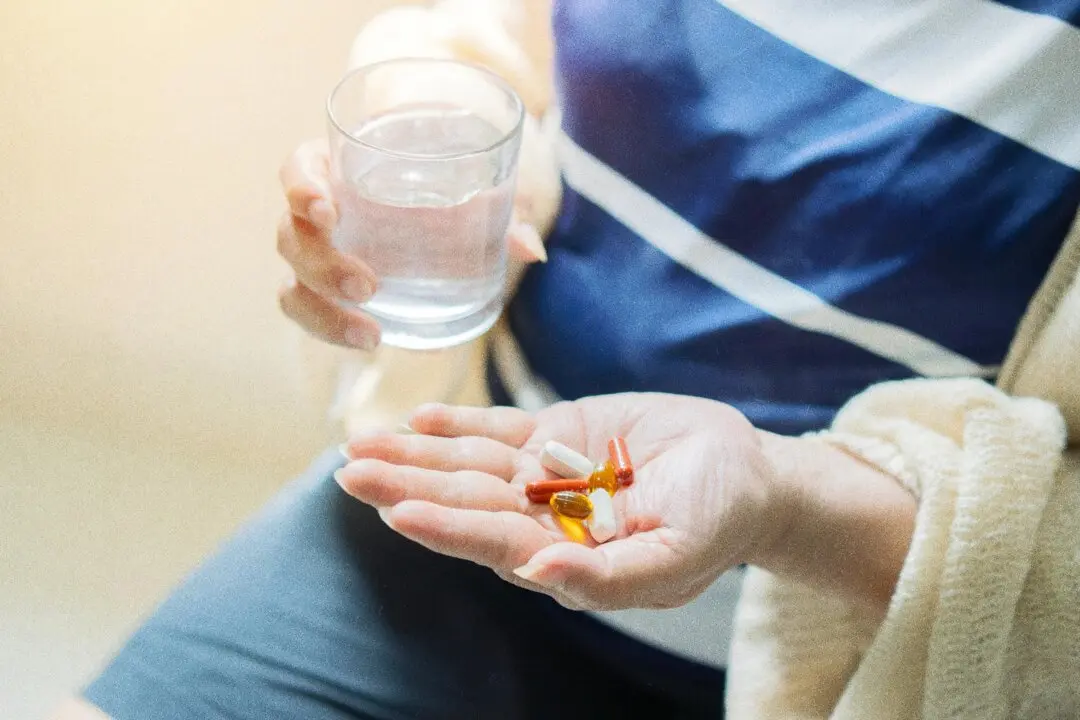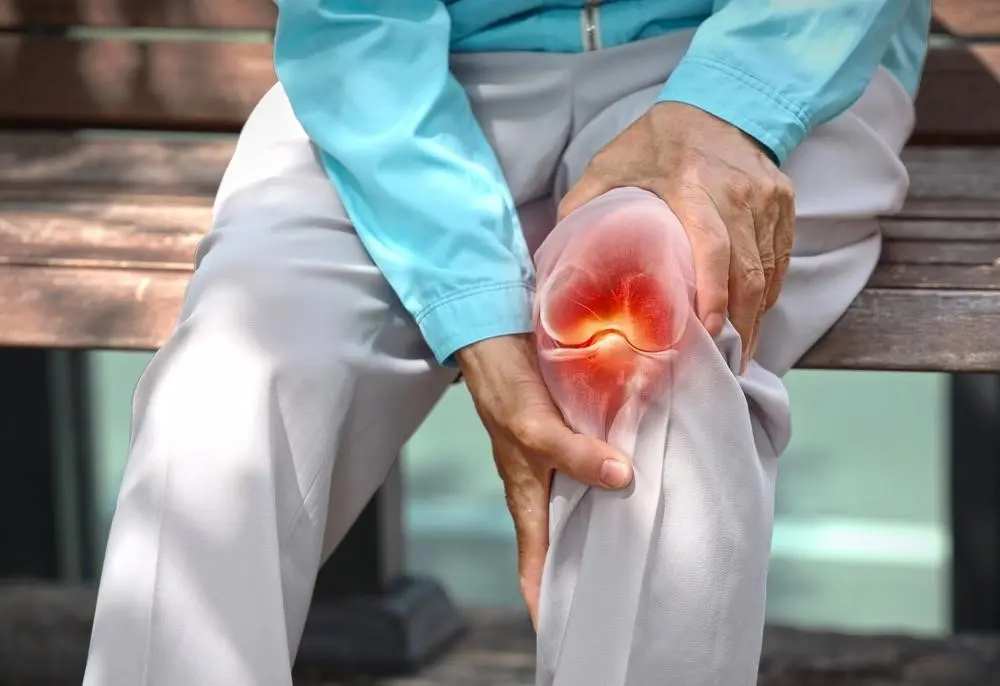For many, suggesting a vacation to Asia conjures up images of Tokyo, Hong Kong, or island paradises like the Maldives and Bali. Often overlooked is the beautiful island nation of Taiwan. It may be a small country, but it has a big heart, with some of the world’s most hospitable people.
From glistening high-rises like Taipei 101 to enchanting, centuries-old temples, Taiwan has managed to usher in modernity while safeguarding tradition. It’s home to a variety of exquisite handicrafts, spirited religious celebrations, and delicious cuisine.





